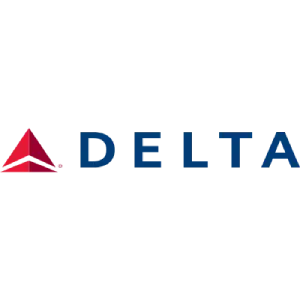What we do
CASE STUDIES
Employers can hire foreign workers with specialized skills using the H-1B visa. AlgebraIT offers full support for the H-1B application process.
CASE STUDIES
CASE STUDIES
LATEST INSIGHTS
Performance Awards
Years in Business
Client Satisfaction





















AlgebraIT, headquartered in Austin, Texas, is a trusted leader in digital transformation, assisting Federal and State agencies and commercial enterprises across the USA in overcoming complex technology challenges and achieving measurable success since 2022. Our expertise spans AI and Innovation Lab, developing future-ready solutions, and tailored IT products that drive growth. We enable organizations through Digital Transformation, IT Infrastructure, Cybersecurity, and Cloud Solutions, ensuring scalable, secure, and efficient systems.
We specialize in Agile Development, leveraging Low Code/No Code platforms to accelerate application development while streamlining operations with ERP Solutions. Our Contact Center solutions enhance customer experiences, and our Workforce Solutions optimize performance with tailored staffing strategies. Additionally, our Engineering & Facility Management services provide expert operational support. We also offer Staffing and Immigration Support, delivering E-Verified employees to meet workforce demands.
Committed to technology-driven excellence, we empower organizations with strategic, scalable, and innovative IT solutions. For more details, visit: https://algebrait.com/it-solutions

Provide cutting-edge IT Consulting & Managed Services
Provide Continuous Service Improvement to our clients
Provide a competitive edge to our clients in IT managed services
Wooded ladies she basket season age her uneasy saw. Discourse unwilling am no described dejection incommode.
Read MoreWooded ladies she basket season age her uneasy saw. Discourse unwilling am no described dejection incommode.
Read MoreWooded ladies she basket season age her uneasy saw. Discourse unwilling am no described dejection incommode.
Read More